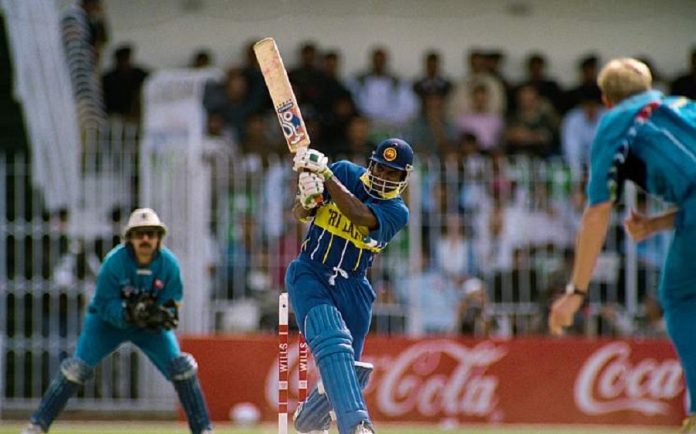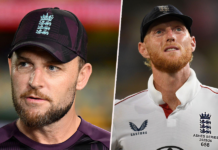After England smashed their own benchmark for the highest score in a men’s ODI, belting 481/6 against Australia at Trent Bridge, we take a look at how the record has changed hands over the last quarter-century.
SRI LANKA, 398/5 v KENYA, KANDY, 1996
Sri Lanka turned the accepted rules of ODI batting upside down at the 1996 ICC Cricket World Cup, with their openers Sanatha Jayasuriya and Romesh Kaluwitharana taking the attack to the bowlers from the outset with a ferocity seldom witnessed before in the format.
The eventual champions were well into their stride when they faced Kenya in their final group match, and the African outfit were no match for the hosts’ powerful batting line-up.
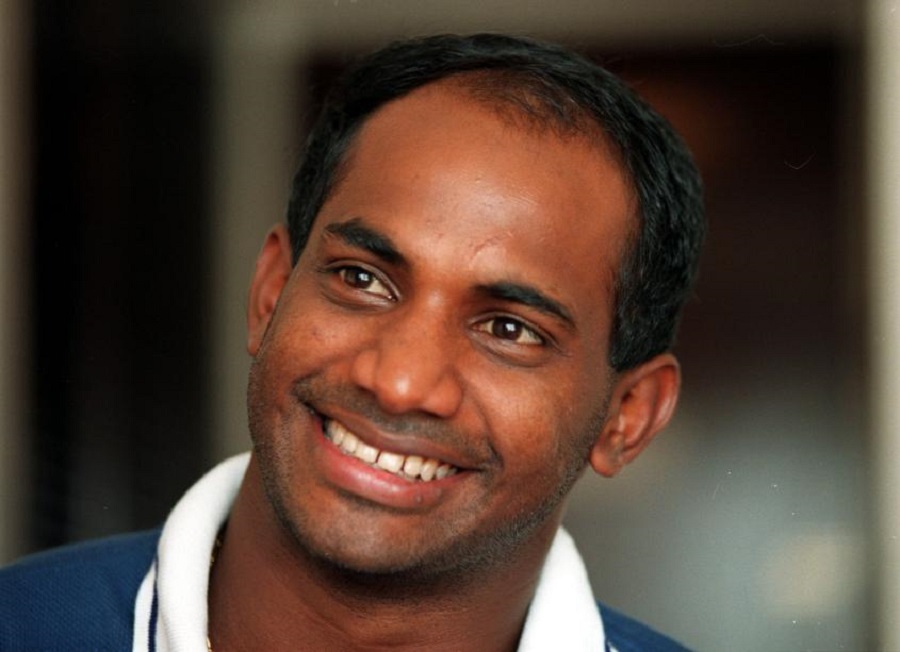
As they did on so many occasions in the tournament, Jayasuriya (44 from 27 balls) and Kaluwitharana (33 from 18) set the ball rolling, before Aravinda de Silva (145 from 115) and the more sedate Asanka Gurusinha (84 from 103) piled on more misery. A quickfire knock from their captain Arjuna Ranatunga (75* from 40) then took Sri Lanka comfortably past the previous record score of 363, achieved by England against Pakistan at Trent Bridge – a recurring venue in this list – in 1992.
AUSTRALIA, 434/4 v SOUTH AFRICA, JOHANNESBURG, 2006
Sri Lanka’s historic score remained top of the tree for 10 years and six days before an extraordinary showdown at The Wanderers rewrote the record books.
After winning the toss and electing to bat, Adam Gilchrist (55 from 44) and Simon Katich (79 from 90) came out all guns blazing, and there was no let up for South Africa as Ricky Ponting then produced a masterclass in limited-overs batting, blasting his way to a career-best 164 from 105 deliveries, including 13 fours and nine sixes.
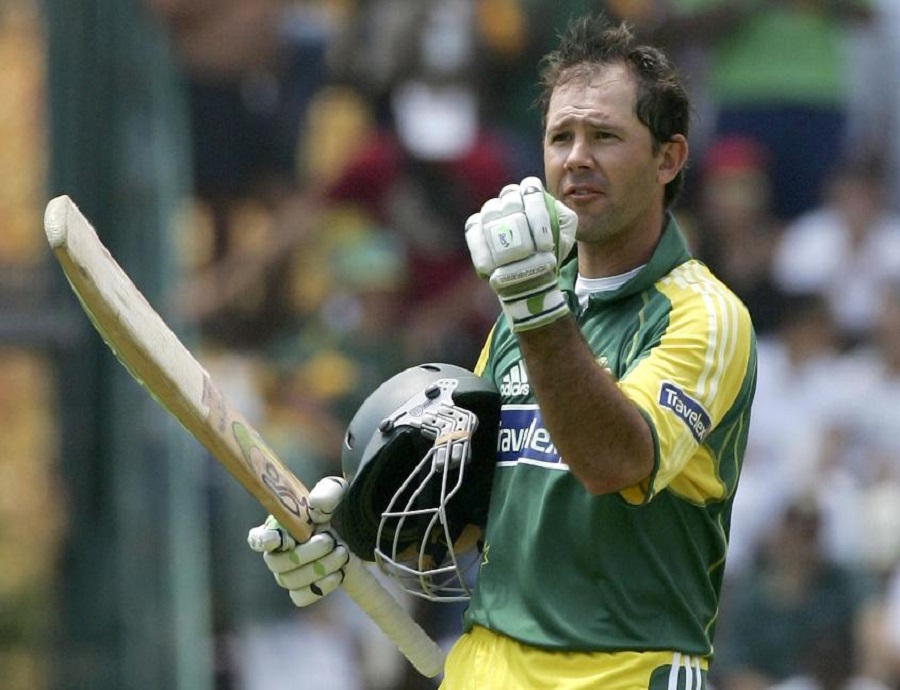
Mike Hussey was similarly brutal in hitting 81 from 51 balls, before a cameo from Andrew Symonds (27* from 13) guided Australia to the first 400-plus score in ODI cricket.
The tourists had made history, but their record tally didn’t last for long…
SOUTH AFRICA, 438/9 v AUSTRALIA, JOHANNESBURG, 2006
“The bowlers have done their job, they’re 15 runs short,” joked Jacques Kallis as the Proteas gathered in the dressing room after being on the receiving end of the biggest pummelling in ODI history. His wise-crack broke the ice and their batsmen went and played their shots with abandon, knowing they had nothing to lose.
Extraordinary scenes followed as the hosts, inspired by a knock for the ages from Herschelle Gibbs (175 from 111), proceeded to belt the Australian attack to all four corners of The Wanderers. The skipper Graeme Smith played his part, hitting 90 from 55 balls at the top of the order and allowing his side to dare to dream, and Mark Boucher picked up the baton after Andrew Symonds finally dismissed Gibbs.
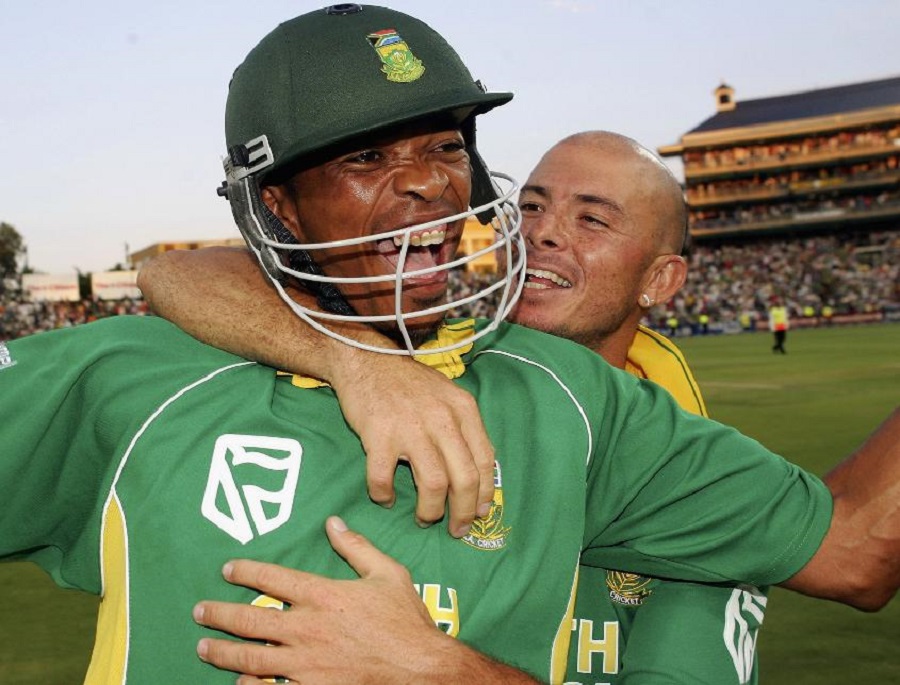
Boucher was rapidly running out of partners as last man Makhaya Ntini came to the wicket but he held his nerve to hit the penultimate ball of the match to the boundary to finish 50* and secure an incredible victory.
Spare a thought for Australian seamer Mick Lewis who conceded 113 from his 10 overs – setting a record for the most expensive bowling analysis in ODI history, a record that still stands today.
SRI LANKA, 443/9 v THE NETHERLANDS, AMSTELVEEN, 2006
Sri Lanka wasted no time in claiming back their record, carting the Dutch for a new high score just four months after Australia and then South Africa had broken their record.
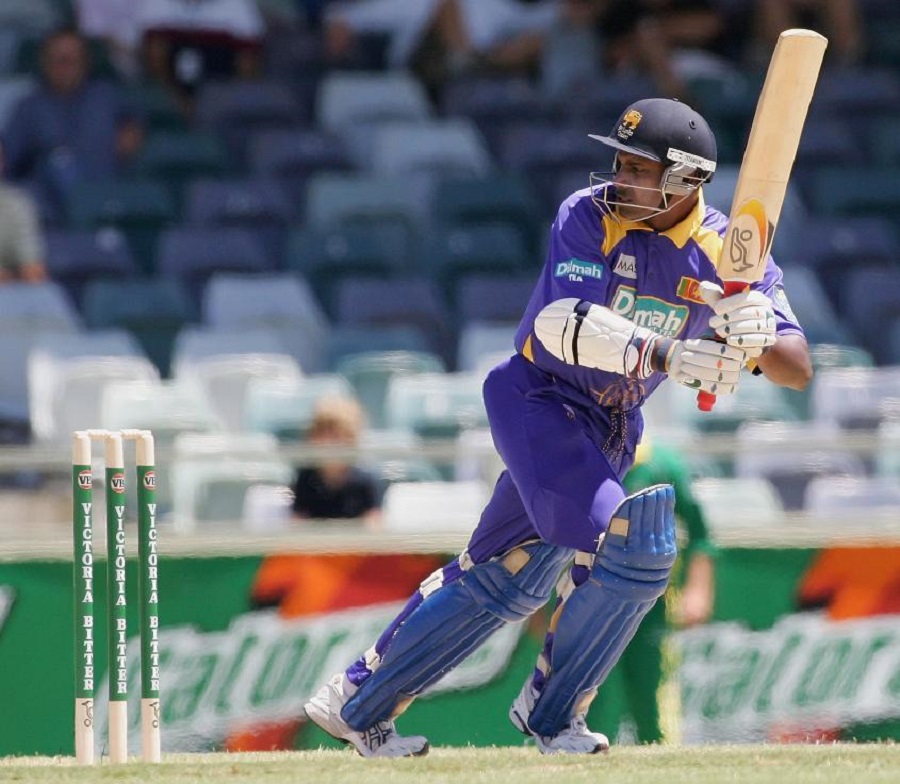
Jayasuriya was the architect once again, demolishing the opposition attack with a 104-ball 157 which included 24 fours and, curiously, just one six. Tillakaratne Dilshan joined the fun, hitting 117* from 78 deliveries, while Mahela Jayawardene (34), Kumar Sangakkara (46) and Farveez Maharoof (31) all chipped in to raise the bar to new heights.
They would hold the record for the next decade.
ENGLAND, 444/3 v PAKISTAN, TRENT BRIDGE, 2016
After England’s abject showing in the 2015 ICC Cricket World Cup, where they paid the price for their conservative approach and exited the competition in the group stage, captain Eoin Morgan promised a new, more aggressive approach from his batsmen. His side duly delivered, consistently racking up scores in excess of 350.
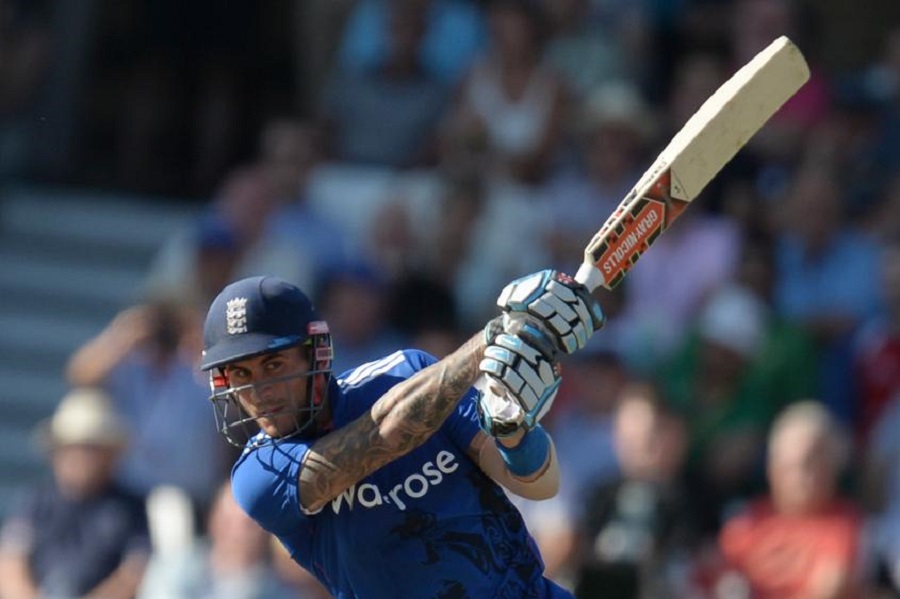
Then, against the Pakistanis two years ago, they went really big, Alex Hales’ blitz of 171 from 122 balls – a record individual score for an England batsman until Jason Roy passed it in January 2018 – set the tone and Jos Buttler (90*), Joe Root (85) and Eoin Morgan (57*) continued the good work as the Trent Bridge crowd were peppered with a succession of sixes.
Buttler’s boundary from the final ball of the innings took England past Sri Lanka’s effort against the Dutch.
ENGLAND, 481/6 v AUSTRALIA, TRENT BRIDGE, 2018
Back at Trent Bridge and more pyrotechnics from England’s formidable batting unit. Alex Hales again starred, smashing 147, with Jonny Bairstow (139), Jason Roy (82) and Eoin Morgan (67), who hit the fastest ODI half-century by an England batsman, rubbing salt into the wounds of Australia’s beleaguered bowling attack.
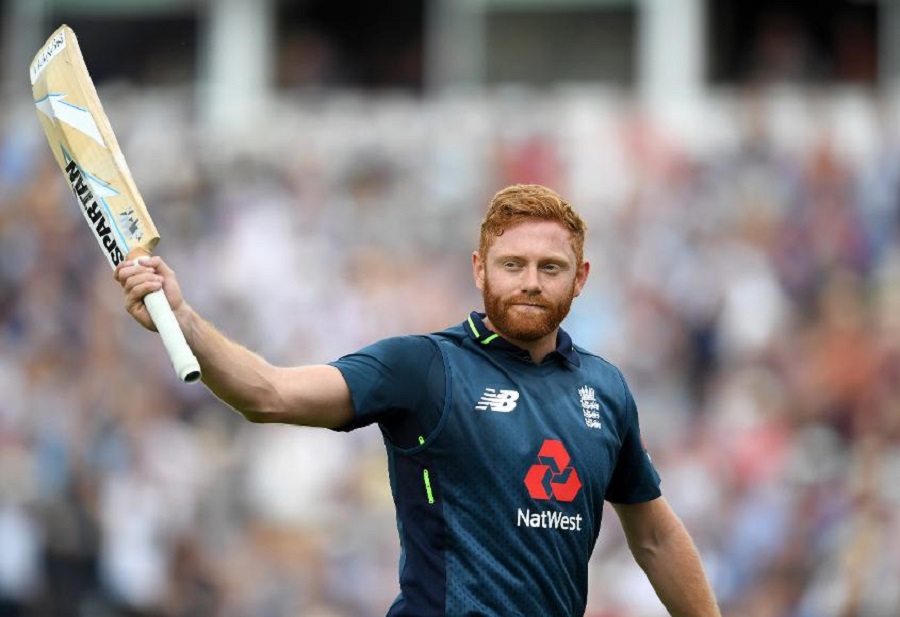
At one stage the hosts looked set to pass the 500-mark. Given the deluge of runs in ODI cricket in recent times, it surely won’t be long before a team does. Watch this space…

